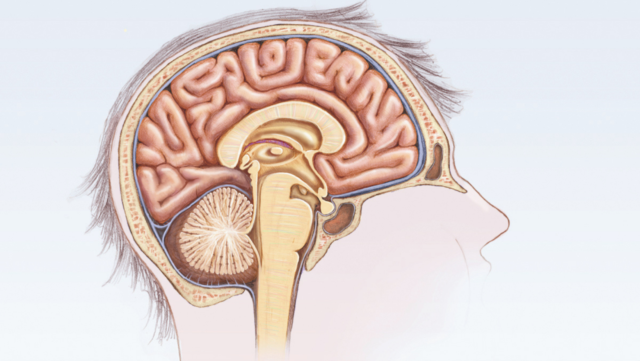Did you know?
During your first visit, your Hughston physician will often perform a physical exam of the injured area that is causing your pain and ask you some questions concerning your health history. Your physician may already suspect the problem, but may order diagnostic testing to confirm the diagnosis. Testing at Hughston Diagnostics improves diagnosis and gets you on the best course of treatment.



